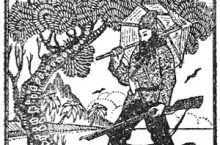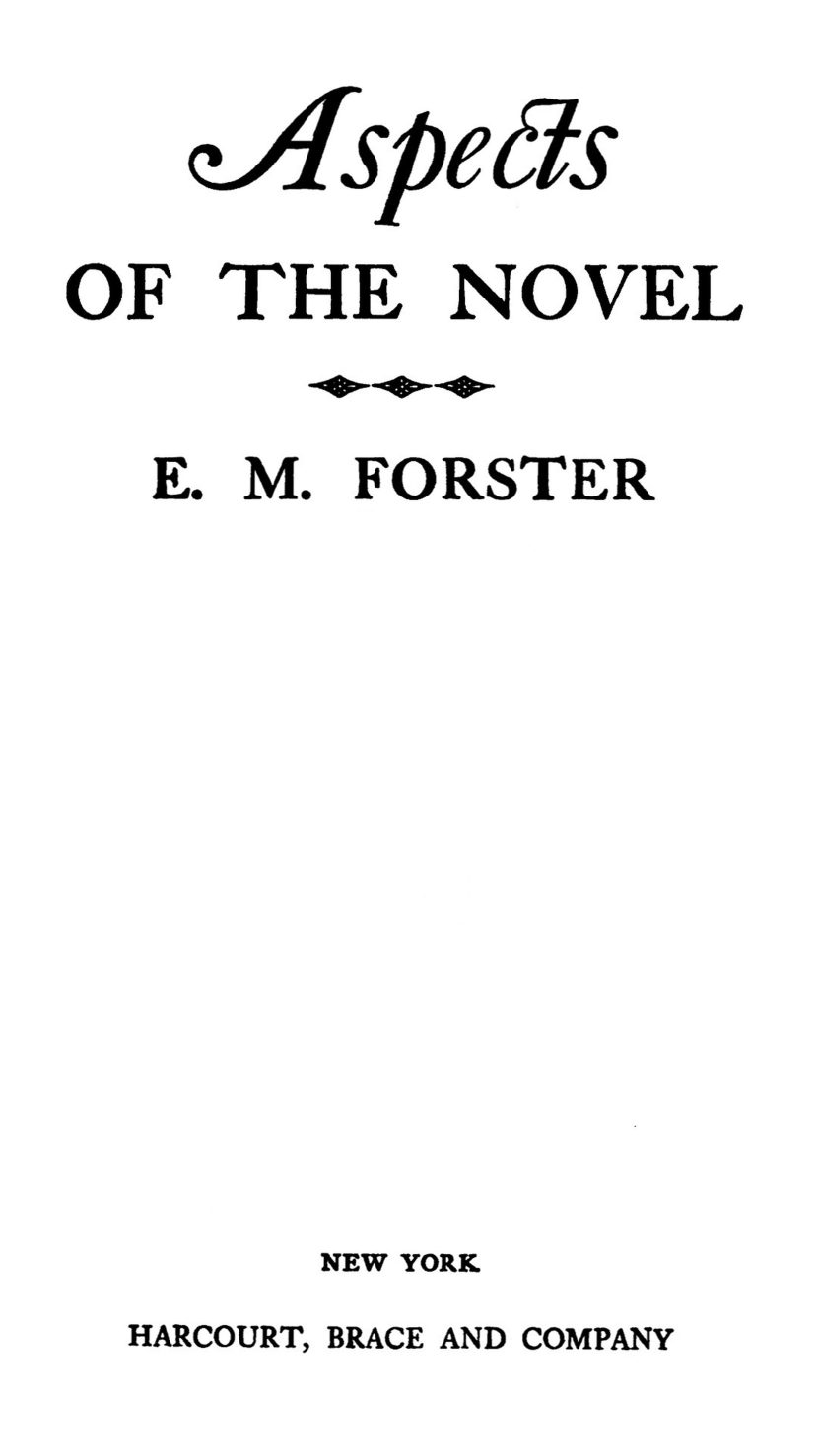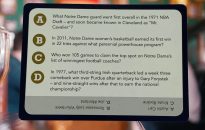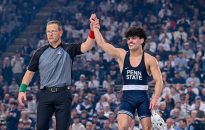I honestly don’t think I’ve ever been prouder of a piece than this one, which featured interviews throughout the year, an unforgettable day at Fiddler’s Elbow and a first sentence that hit me while still at the course that I scribbled down on a random piece of paper. Turning a tragedy into a new chance […]
















